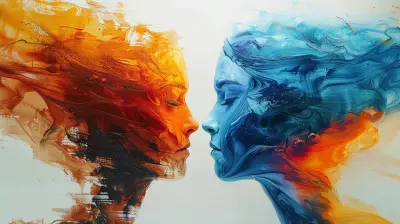Exploring the Connection Between Bipolar Disorder and Anxiety
12 October 2025
Bipolar disorder and anxiety. Two mental health conditions that are often misunderstood, yet they affect millions of people around the world. But did you know that these two disorders can often go hand in hand? Yup, it's not uncommon for someone with bipolar disorder to also struggle with anxiety. But what exactly is the connection between these two? How do they interact, and why does this overlap occur?
In this article, we're going to dive deep into the relationship between bipolar disorder and anxiety. We'll break down what each condition is, how they can impact each other, and what you can do if you're dealing with both. So, grab a cup of coffee (or tea, if that's your thing), and let's get into it!
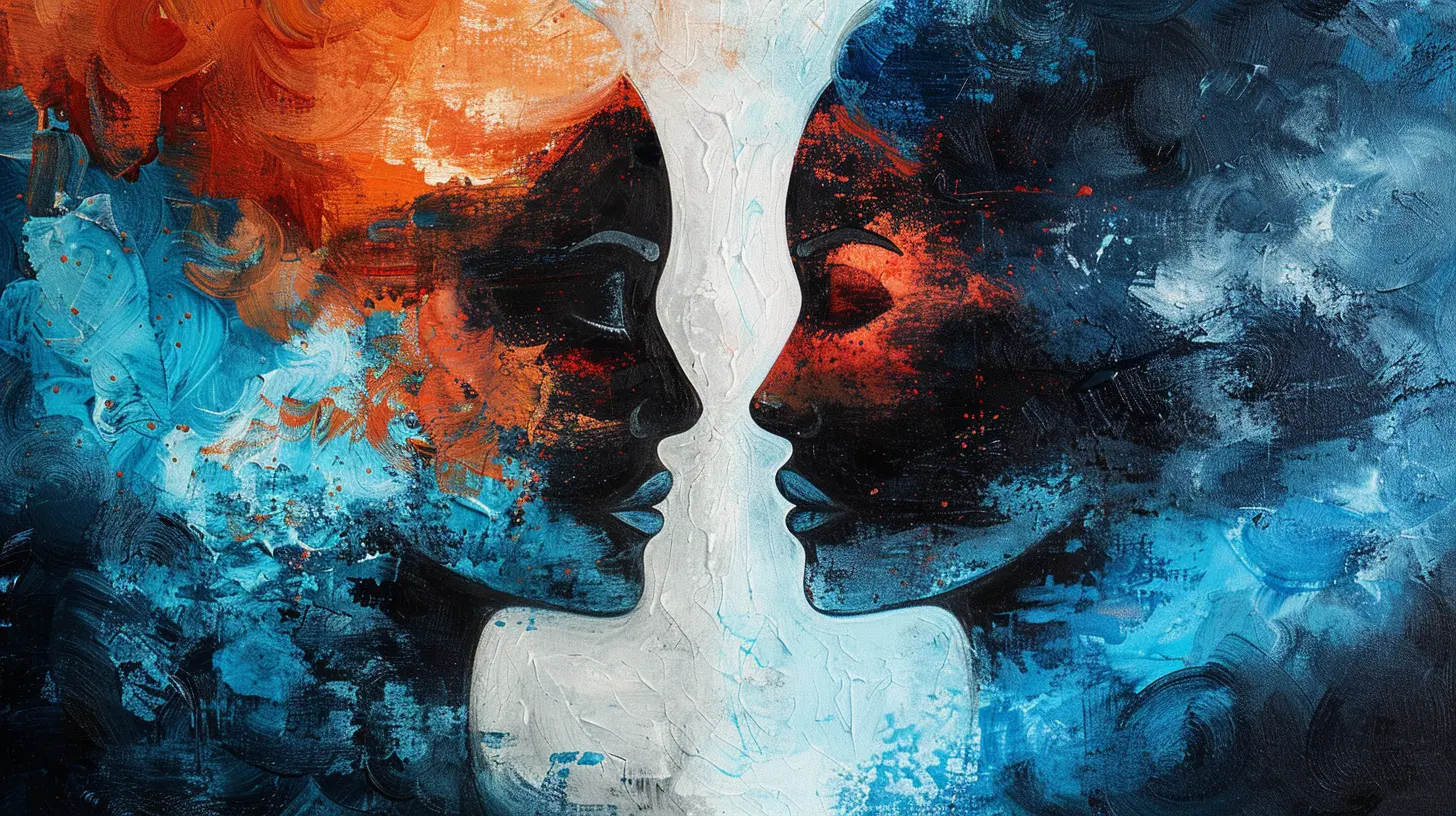
What is Bipolar Disorder?
Before we start connecting the dots between bipolar disorder and anxiety, let’s first understand what bipolar disorder is on its own. Bipolar disorder is a mental health condition that causes extreme mood swings, including emotional highs (known as mania or hypomania) and lows (depression). These mood swings can be intense and can significantly affect daily life.Types of Bipolar Disorder
There are a few different types of bipolar disorder, each with its own patterns of mood swings:1. Bipolar I Disorder: This type involves manic episodes that last at least seven days or are severe enough to require hospitalization. Depressive episodes typically occur as well, and they last at least two weeks.
2. Bipolar II Disorder: This type is characterized by a pattern of depressive episodes and hypomanic episodes, but not the full-blown manic episodes found in Bipolar I.
3. Cyclothymic Disorder: This is a milder form of bipolar disorder. It involves numerous periods of hypomanic and depressive symptoms that last for at least two years, but the symptoms don't meet the full criteria for a hypomanic episode or a depressive episode.
In a nutshell: Bipolar disorder is like being on an emotional rollercoaster, where you’re either flying high or sinking low, with very little middle ground. But unlike a rollercoaster, it’s not thrilling—it’s exhausting.
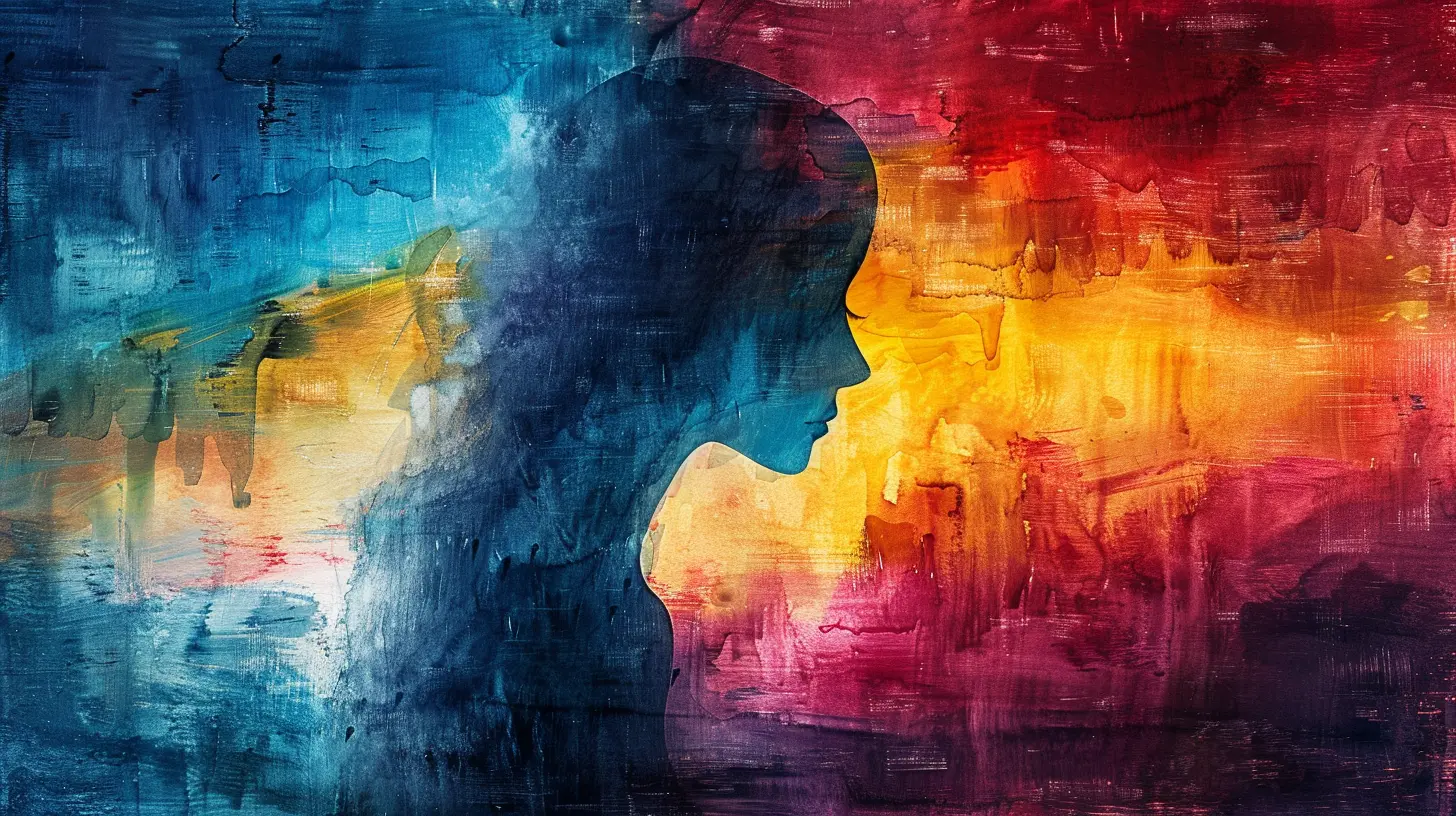
What is Anxiety?
Now, let’s talk about anxiety. Anxiety is something we all experience from time to time, like when you’re about to give a big presentation at work or right before a major life event. But for some people, anxiety isn’t just a short-lived feeling of worry or nervousness—it’s a constant, overwhelming presence that interferes with daily life.Types of Anxiety Disorders
There are several different types of anxiety disorders, each with its own set of characteristics. Some of the most common include:- Generalized Anxiety Disorder (GAD): Excessive, uncontrollable worry about everyday things. You know, the kind of worry that makes your brain feel like it’s running a marathon 24/7.
- Panic Disorder: This involves sudden, intense episodes of fear or terror, often accompanied by physical symptoms like a racing heart or shortness of breath.
- Social Anxiety Disorder: A fear of social situations where you might be judged or scrutinized by others.
- Phobias: Irrational fears of specific things or situations, like spiders, heights, or flying.
Anxiety is like an unwanted guest that refuses to leave your house. It lingers, it nags, and it makes everything harder than it needs to be.
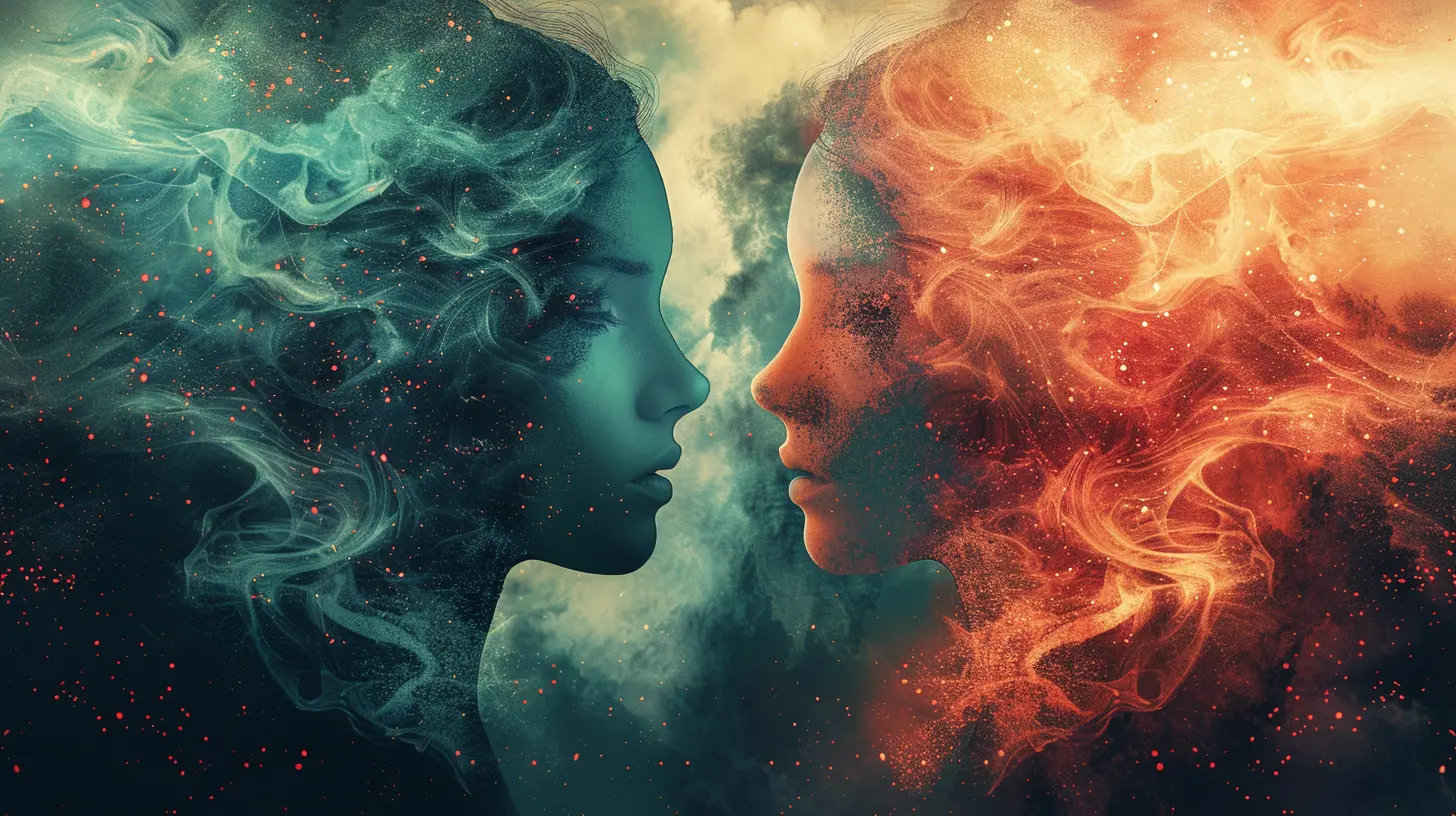
The Overlap Between Bipolar Disorder and Anxiety
Here’s where things get tricky. Bipolar disorder and anxiety are distinct conditions, but they often overlap. In fact, research shows that about 60% of people with bipolar disorder also experience anxiety at some point in their lives. But why is this? And how do these two conditions interact?Shared Symptoms
One reason for the overlap is that bipolar disorder and anxiety share some symptoms. For example, during a manic episode, someone with bipolar disorder might feel restless, irritable, or have trouble sleeping. These symptoms can easily be confused with anxiety.Conversely, someone with anxiety might have racing thoughts, trouble concentrating, or feel on edge—symptoms that can also occur during a hypomanic or manic episode in bipolar disorder. So, it’s easy to see how the lines can get blurred between the two.
Anxiety as a Trigger
Another reason these two conditions often go hand in hand is that anxiety can actually trigger mood episodes in people with bipolar disorder. For example, someone with bipolar disorder might feel anxious about an upcoming event, and that anxiety might spiral into a manic or depressive episode. It’s like a chain reaction: the anxiety sets off a mood swing, and once the swing starts, it’s hard to stop.Anxiety During Different Mood States
Interestingly, anxiety doesn’t just show up during depressive episodes. While you might think anxiety and depression are the perfect (though unwelcome) pair, anxiety can also occur during manic or hypomanic episodes. In fact, many people with bipolar disorder report feeling anxious even when they’re in the middle of a high-energy, manic state.It’s like having two competing forces inside you. On the one hand, you’re feeling exhilarated and invincible, but on the other hand, there’s this nagging sense of fear or dread that just won’t let go.
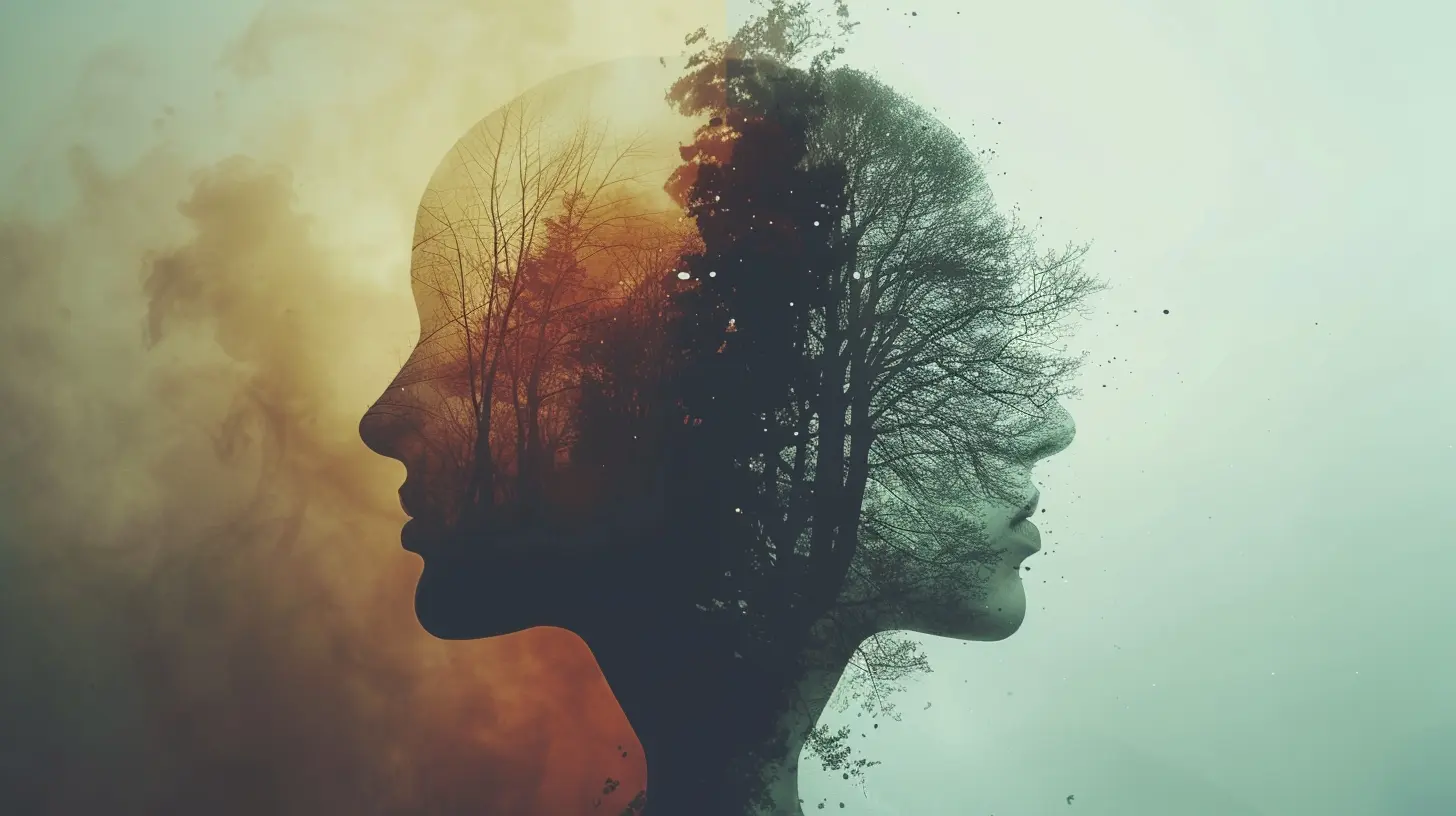
Why Does This Co-Occurrence Happen?
So, why do bipolar disorder and anxiety often occur together? The exact reasons aren’t entirely understood, but there are a few theories:1. Genetic Factors
There’s evidence to suggest that both bipolar disorder and anxiety disorders have a genetic component. This means that if you have a family history of either condition, you might be more likely to develop both. It’s like inheriting two different, but equally challenging, hand-me-downs from your gene pool.2. Brain Chemistry
Both conditions are related to imbalances in the brain’s neurotransmitters, particularly serotonin, dopamine, and norepinephrine. These chemicals play a role in regulating mood, energy, and feelings of anxiety. So, if these neurotransmitters are out of balance, it can lead to both bipolar symptoms and anxiety symptoms.3. Environmental Factors
Stressful life events, trauma, and other environmental factors can also contribute to the development of both bipolar disorder and anxiety. It’s kind of like a perfect storm: if you’re already predisposed to one condition, external factors might push you toward developing the other.How Bipolar Disorder and Anxiety Affect Each Other
So, we’ve established that bipolar disorder and anxiety are frequent companions. But how exactly do they affect each other?Complicating Diagnosis
For starters, the co-occurrence of these conditions can make diagnosis more complicated. Since they share some symptoms, it can be difficult for doctors to determine whether a person is experiencing anxiety, bipolar disorder, or both. Misdiagnosis is common, which can delay proper treatment.Impact on Treatment
The combination of bipolar disorder and anxiety can also make treatment more challenging. For example, some medications for bipolar disorder, like certain antidepressants, can actually worsen anxiety symptoms. On the flip side, some anxiety treatments, like benzodiazepines, can increase the risk of triggering a manic episode. It’s a delicate balancing act that requires careful management by healthcare professionals.Quality of Life
Living with both bipolar disorder and anxiety can significantly impact a person’s quality of life. The constant mood swings combined with persistent worry or fear can make it difficult to hold down a job, maintain relationships, or even take care of basic daily tasks. It’s like trying to walk a tightrope while juggling flaming torches—exhausting and nearly impossible without help.
Managing Bipolar Disorder and Anxiety
If you’re dealing with both bipolar disorder and anxiety, you might feel like you’ve drawn the short straw in life. But don’t lose hope—there are ways to manage both conditions and improve your quality of life. Here are some strategies:1. Medication
Medications like mood stabilizers, antipsychotics, and certain anti-anxiety medications can help manage symptoms. However, it’s important to work closely with a psychiatrist to find the right combination of medications, as some can exacerbate symptoms of the other condition.2. Therapy
Cognitive-behavioral therapy (CBT) is a common treatment for both anxiety and bipolar disorder. It can help you identify and change negative thought patterns and behaviors. Dialectical behavior therapy (DBT) is another option that focuses on mindfulness and emotional regulation.3. Lifestyle Changes
Managing stress is crucial when dealing with both conditions. Regular exercise, a healthy diet, and good sleep hygiene can help stabilize mood and reduce anxiety. Mindfulness practices like meditation and yoga can also be beneficial.4. Support Systems
Having a strong support system, whether it’s friends, family, or a support group, can make a world of difference. Talking to people who understand what you’re going through can help you feel less isolated and more empowered to manage your symptoms.Final Thoughts
At the end of the day, the connection between bipolar disorder and anxiety is complex, but not insurmountable. While living with both conditions can be challenging, it’s important to remember that with the right treatment and support, you can lead a fulfilling life. Understanding how these conditions interact is the first step toward managing them effectively.If you or someone you know is struggling with bipolar disorder, anxiety, or both, don’t hesitate to reach out for professional help. You don’t have to navigate this journey alone.
all images in this post were generated using AI tools
Category:
Bipolar DisorderAuthor:

Jenna Richardson
Discussion
rate this article
1 comments
Macey McHugh
This insightful article highlights the complex relationship between bipolar disorder and anxiety effectively.
October 12, 2025 at 2:37 AM

Jenna Richardson
Thank you for your kind words! I'm glad you found the article insightful.
